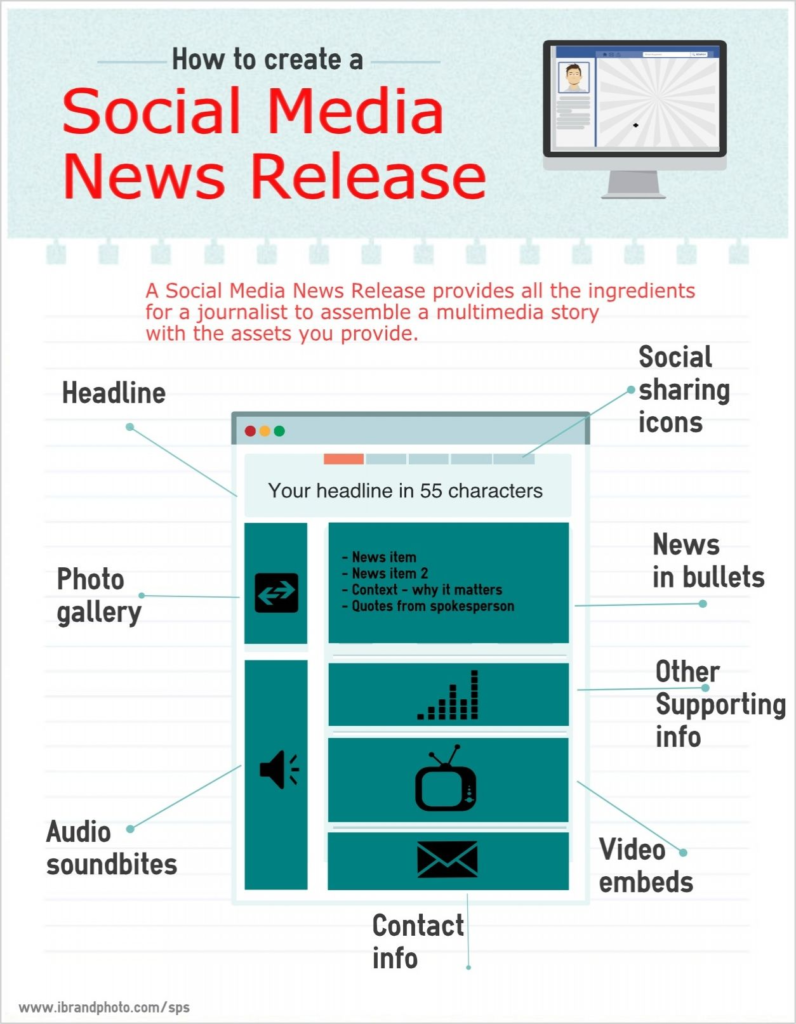Below is a Media Checklist for traditional and social media in the lead up to an action or protest event, including some considerations for nonviolent direct actions. Download as a handy printable PDF or view at the bottom of this page.
Some additional helpful resources include:
- Media and direct action – our sample template from Beeliar Wetlands defence
- How to write a media release – Commons Library
- Sample media workshop for activists – Powerpoint for editing/adaptation and PDF
On this page: Week Before | Develop key messages and FAQ | Day Before | Ensure | What to Pack | Offsite Support | Media Release | On the day | Send Media Release | Photos | After The First Wave | Later | End of Action | Afterwards | For Media Spokes
WEEK BEFORE:
- Scout the area, not just for action logistics but for media/comms requirements
- Where is the best angle for pictures?
- How/where will you meet media if you are walking them in
- Is there signage, or do people need to bring their own to situate them (ie banners that include the name of the target)
- What are the best dimensions for banners, placards
- Where is the closest location for power, and strong internet (very important for uploading large picture/video files)
Develop key messages and FAQ:
- Why are you there?
- What are you asking for?
- Why is the issue important/why should people care?
- Who is your best/most authentic messenger?
- Brainstorm some tricky questions and answers to them
- Set up mediafire/drop box/google folder for raw footage & photo uploads
- Provide media training for spokespeople if possible
- Send media alert if appropriate or give a heads up to trusted journos
- Build a list of key tweeps to target on the day – both decision makers or the company, as well as high profile folks and allies for retweets
- Ensure your media list is up to date with both the mainstream journos, but also any niche media that may be interested. Don’t forget online media outlets like Mamamia, Buzzfeed, Crikey, Junkee etc depending on your audience. Also small local media. Think outside the box.
DAY BEFORE:
- Have key spokespeople been briefed?
- Quotes checked off on media release?
- Do they have speaking points, and are there slips of paper or briefing notes with some simple lines for anyone who could be called on to comment? In particular people who might be involved in conflict or arrested will often have camera’s in their faces
- Give a heads up to key social media champions – if possible, with a link to a folder with memes, or sample tweets to share
- If you can, divide up this Media Checklist between a few different people
Does everyone who needs them have passwords to:
- Twitter/Bluesky/Threads
- Flickr
- Dropbox or file storage
- Facebook (admin and posting rights) and Instagram
- Tiktok
Ensure:
- Phones charged
- Laptop charged
- Backup power source charged
WHAT TO PACK:
- Phone (with spare space cleared) and power cord for phone
- Laptop and cord
- Internet dongle (phone tethering won’t work for big files)
- SD Card reader
- Phone and back up battery pack
- Inverter can be useful if a car is available
- Batteries and spare SD cards for cameras (ensure SD cards empty)
- Pens and notebook
- Snacks/water/things to make people comfortable. It is a long day for media support crew!
OFFSITE SUPPORT:
Organise someone offsite who can do office support (great role for parents, people who can’t travel, with different abilities or people who can’t attend)
- Help call around to media once action is in place
- Re-send media releases on request
- Boost social media with retweets and commentary
Media Release:
- Have media release cued up in an email ready to send. *Note: many folks have used mailchimp for this – whilst it is useful as you can see who has opened it (and get a sense for what headlines appeal over time) some people have experienced delay
- Print handful copies of media release (for group reference & spares)
- Ensure flyers, background briefing or other comms material is printed
- Print recent media call sheet for newsrooms etc or email to your phone
- Line someone up to record news stories
- Get up a google alert on any companies or MP’s that may be involved so you have a heads up if they comment or respond. Also watch their social media on the day.
ON THE DAY:
Listen to the morning radio and watch newsfeeds – is there anything that might derail your action, make it harder to message, or are there any stories you can ‘news-jack’ or jump on that support your action?
Final brief to participants –
- Who is spokesperson?
- If everyone can speak to media, ensure they have one-two simple lines prepared
- Let everyone know the hashtag and how to take good pics for social media
- Have someone who will keep an eye out for look/feel of action with an eye to what media will be interested in
If media release will be sent with picture/if so, have one photographer in place… get a couple of quick shots to send
SEND MEDIA RELEASE OUT – and check it has been received!
Get on the phone! You must spruik your media release – make it sound exciting… remember, you are doing the media a favour with a great story – not the other way around.
Send text message to key support crew to let them know good to GO
- Call newsrooms (make sure people know who to call)
- Get on twitter
- If media have been told to assemble nearby, walk them to the action (ensure it is not too far as their cameras are heavy)
* It can be really hectic for the media liaison at this point – several people able to call media outlets is useful, particularly if the action is time sensitive, and people may only be in place a short time (removed by security or police)
PHOTOS:
- If there are two photographers, have them cycle in and out – get the first set up pics (also getting ready pics for a later album if you want to show the story of the day) and then swap the SD card out
- If possible, photographers should cull and sort some pics in camera to save time. Others will need to be viewed at higher resolution on laptop.
FACEBOOK: Choose the best pic (or set of 3 – one group pic, one portrait one action pic) for the first facebook post. It is worth waiting a few minutes to get the best shareable pic
TWITTER: Feed the beast! The more the merrier – but ensure the early pics are actually decent as they can often find their way into news articles now (see CounterAct guide to live tweeting)
VIDEO: Get good set up shots and some quotes early on in case people are moved quickly. Get videographers to get some good clips of a couple of key spokes, plus crowd shots. Sometimes for direct actions media may not be able to access a building, or will be quickly removed so they can appreciate some short clips of action inside.
Even if you don’t have professional videographers in the room, a decent late model smart phone can gather useable footage – either for news clips or your own edited videos. Just make sure your footage is steady, well framed, and if you are panning to show action make it very slow.
Once the first wave of action has passed:
- Make sure photographers and video crew on standby for any interactions with police
- Get portraits and candid shots, and B roll
Depending on time of day, prioritise your approach to newsrooms:
- Radio for live breakfast cross
- TV newsroom to make sure they get there quickly
- Photographers for major daily news
Upload decent selection of photos to Flickr – not everything, key shots. Ensure you have previously had discussions about people being happy to donate their photos for broad use, or credit appropriately as needed.
Upload raw video if there is a demand (It can be worth going off site for decent internet for this) Be careful with providing footage that could be unhelpful though. Edit/clip as needed.
Share media release and photo/fb link to allies and email lists, with a call to action if there is one
Tweet, tweet, tweet – get all participants to share selfies on facebook, twitter, Instagram etc… build the story of why you are there
LATER IN THE DAY:
- Check voicemail, email, twitter and FB direct messages for interview and footage requests
- Provide footage and photos as requested
END OF ACTION:
Make sure you finish the story
- Final facebook post
- Final updates on other socials
- Email to lists and allies with a round up
AFTERWARDS:
- Sort and cull Flickr album
- Edit, cut and share video (or some short cuts during action depending on speed)
- Stay on social media for the next couple of hours – sharing, responding, retweeting and following up
- Create facebook album from Flickr selection – tag people and encourage them to do the same
- Ensure that media spokes remain available in the afternoon and for follow up media the next AM
Find somewhere to watch the news together, have a well-deserved beverage and cross your fingers that you made it!
Make sure to update bounces and collate new contacts, particularly if any friendly journos pop up. Follow them up with a thanks if the story is good.
For Media Spokes:
Speak in short sentences that answer the question being asked, ie:
- Q: What are you doing today? A: We are here today to send a strong message to the government – do not put government funds towards coal.
- In relation to direct action – speak about WHY you are there, not HOW you got there.
- If you don’t like the question, don’t accept the premise. Either answer the question you want, or acknowledge and pivot away. ie: Q: Isn’t this dangerous? A: What is dangerous is this governments refusal to take climate change seriously. We are calling for a just transition to renewables as a matter of urgency.
- Tell an authentic story, rather than reel off large amounts of statistics. A couple of basic facts, and your authentic self is much better than a robotic, perfect performance. Go easy on yourself 🙂

